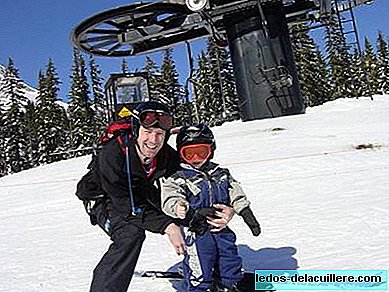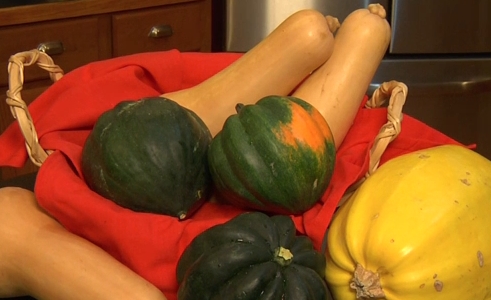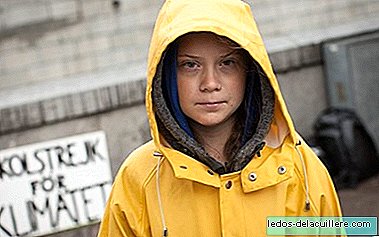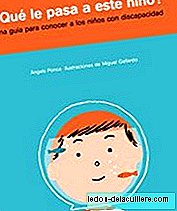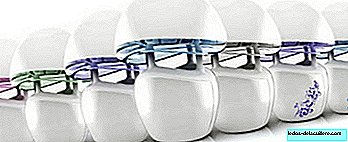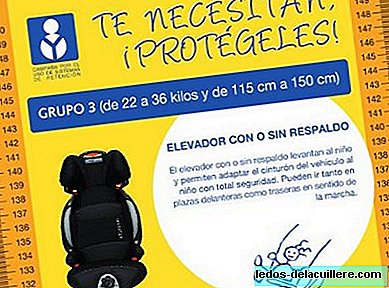
Inseparable companion for many babies, it seems unthinkable that the pacifier can have any detrimental effect. It calms the crying of a baby, helps you fall asleep and can reduce stress and pain in unpleasant procedures similar to the way the mother's breast does. In addition, its use during sleep has recently been related to a decrease in the risk of sudden infant death.
But parents also have to know that this "magical" object could be misused. When is the use of the pacifier harmful? When should we consider that the baby does not use it or stop doing it? Are we doing something wrong by offering the pacifier? We will solve these doubts with specific points that should be known to avoid risks.
Other benefits of the pacifier, well studied and demonstrated, are related to its analgesic effect and to the stimulation of nutritive suction in preterm and term children.
- When offered before the month of age, the pacifier may interfere with breastfeeding. So, not using the pacifier in the first days of life favors the establishment of proper breastfeeding. The Spanish Association of Pediatrics is clear about it:
In breastfed newborns it is better to avoid the pacifier during the first days of life and not advise against it when breastfeeding is well established, usually from the month of life, age at which the risk of sudden infant death syndrome begins.
When the pacifier is smeared with sweet substances such as honey, the risk of tooth decay increases. Many caries of the bottle come from the misuse of the pacifier, if it is impregnated in sweet liquids to calm the baby or child, before sleeping ... The high carbohydrate content of sugary products can cause damage to the teeth of milk and also in the definitive ones For children who use the pacifier more. Remember that you can also pass the decay to the baby if you suck his pacifier to "clean" it before putting it on.
When used beyond twelve months of age, because it increases the risk of dental problems and risk of accidents or language development. Although the harmful effects it exerts on the correct alignment of the teeth could be temporary if the "pupo" is left on time, according to some studies. According to the Spanish Society of Pediatric Dentistry, non-nutritive sucking would cause the lower central teeth to gradually deflect inwards, while those in the upper jaw tend to separate and protrude outward (rabbit teeth). Over time, the fangs collide with each other and both rows of teeth do not close properly, which is known as an open bite. In addition, the sucking action puts into operation a series of muscles of the face that, together with the position of the tongue, make the upper and lower lines eventually lose their parallelism. Therefore, pediatricians advise limiting the use of the pacifier until one year of life (although in the SEOP they delay that abandonment until two or three years). According to the AEP:
To avoid other adverse effects of the use of the pacifier it is recommended, in all children, to limit its use until the year of life, which includes the maximum risk ages of the SIDS and those in which the infant is more in need of sucking.
- Pacifiers not approved, worn or dangerous chains. Both the pacifier and the chain that accompanies it, must be free of sharp tips or edges and can not have removable parts, or carry stickers or labels, or be about to break the nipple ... They must follow current regulations to avoid accidents, risk of suffocation ... and as soon as they deteriorate they must be changed.
Definitely, the use of the pacifier is harmful in some cases counted that we have to take into account. The key is to control the times, reduce its use and prepare for a difficult goodbye, which sometimes needs some small "rite" farewell. For your children, are you still an inseparable companion?


